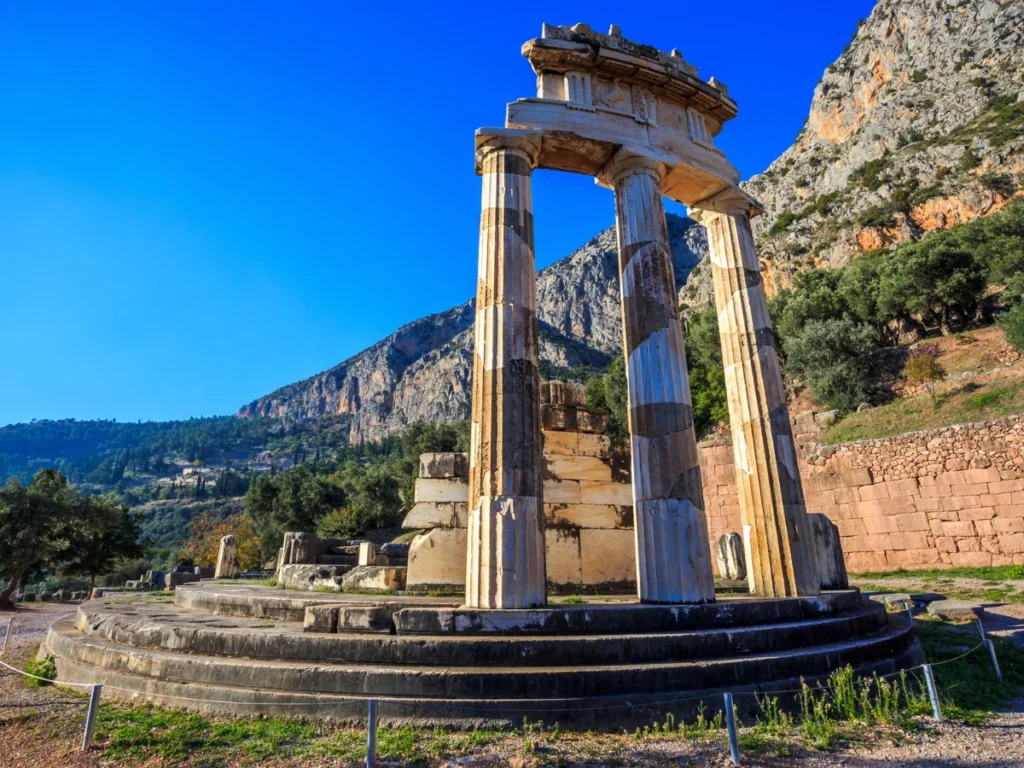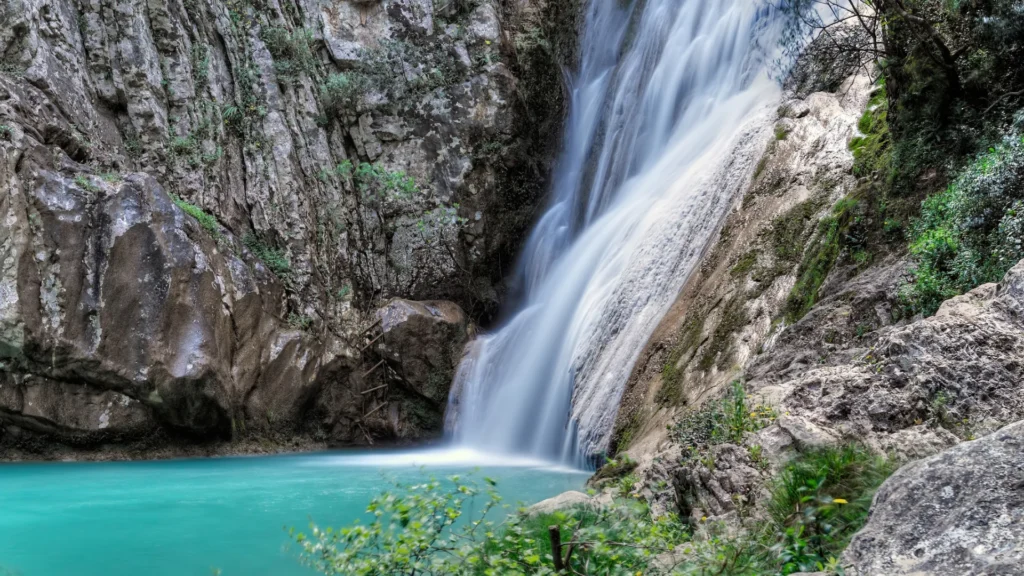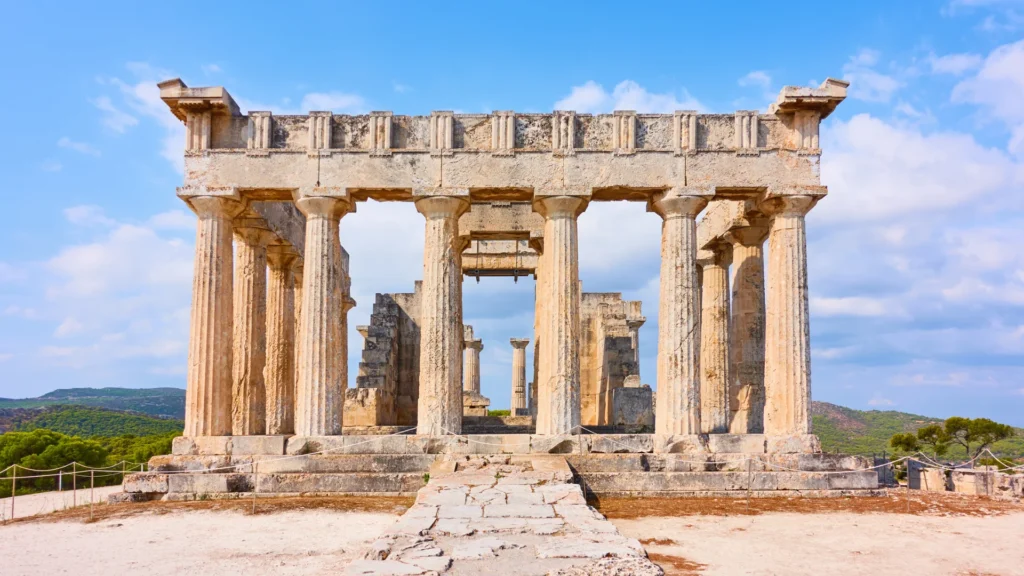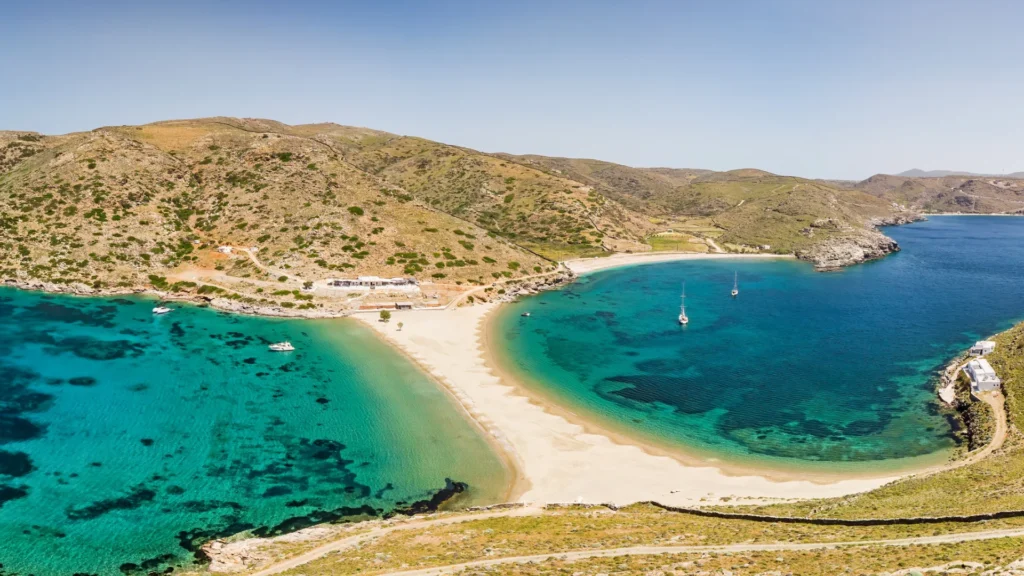The ancient sun god Helios
The ancient sun god Helios, revered in Greek mythology, inspired the creation of the Colossus of Rhodes. This monumental statue, one of the Seven Wonders of the Ancient World, symbolized the Rhodians’ gratitude for their city’s salvation and their faith in Helios’s protection. Erected after withstanding a siege in 305 BCE, the Colossus stood as an engineering marvel, though it eventually succumbed to an earthquake. Despite its fall, Helios’s radiant legacy and the enduring memory of this ancient wonder persist.

Helios: The ancient sun god in Greece
Helios in Greek Mythology
In Greek mythology, Helios was the personification of the sun. As one of the Titans, he was born to Hyperion and Theia, two celestial deities. Helios was often depicted as a powerful and radiant god who rode a chariot across the sky, bringing light and warmth to the world. His daily journey was vital to all life on Earth, and he was deeply revered.
The Colossus of Rhodes: An Offering to Helios
The Colossus of Rhodes, one of the Seven Wonders of the Ancient World, was constructed to honor Helios. It was believed that the city of Rhodes had withstood a long and grueling siege by Demetrius Poliorcetes in 305 BCE. To express their gratitude to Helios for their deliverance, the people of Rhodes decided to build a massive statue in his likeness.
Symbolism and Significance
The Colossus stood tall and proud, with its bronze form glistening in the sunlight. It represented not only the sun god himself but also the resilience and determination of the Rhodians. The statue became a symbol of their victory and faith in Helios’s protection. It also served as a testament to the extraordinary architectural and engineering skills of the ancient Greeks.
Engineering Marvel
The construction of the Colossus of Rhodes was a remarkable feat of engineering. Craftsmen and laborers worked diligently to forge the massive bronze pieces that would form the statue. Its towering height and intricate details showcased the ingenuity of the ancient builders.
Fall and Legacy
Unfortunately, the Colossus of Rhodes did not stand for long. An earthquake in 226 BCE caused the statue to collapse, leaving it in ruins. However, its legacy endured. The image of Helios riding his chariot across the sky, as depicted in the statue, remains an enduring symbol of the sun and its life-giving qualities.
The Colossus of Rhodes may have fallen, but the devotion to Helios and the memory of this ancient wonder continue to shine brightly in the annals of history.
More History

The Minoans worshiped the Minotaur
The Minoans revered the Minotaur, crafting myths and rituals around this enigmatic creature. These practices were central to Minoan culture, reflecting their complex beliefs and the mysteries of ancient Crete.

myth of Poseidon’s creation of the horse
Poseidon’s mythic role as the creator of horses is woven into the tapestry of Greek mythology. This powerful god, ruler of the seas, gifted humanity with the majestic and agile horse, shaping ancient Greek culture.

Greek Alphabet’s historical significance
The Greek alphabet’s historical importance is immense. Developed in the 8th century BCE, it became the foundation for many modern scripts. Its enduring legacy touches fields from science to literature.
